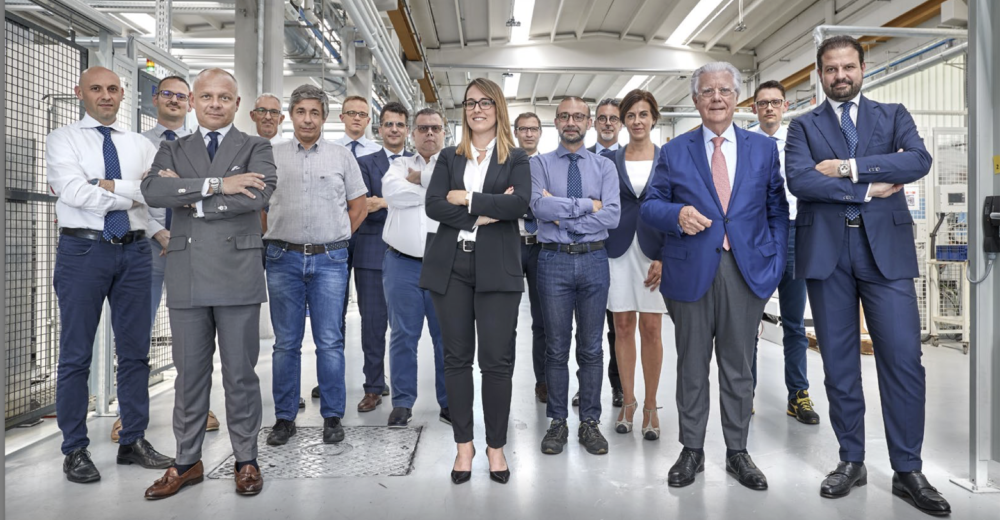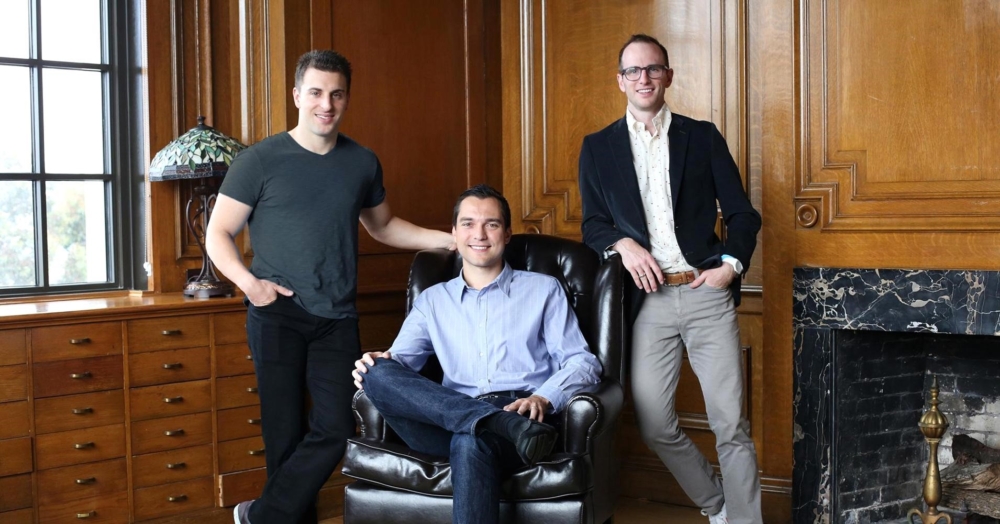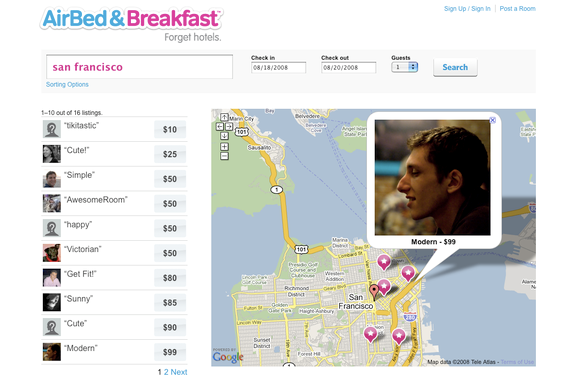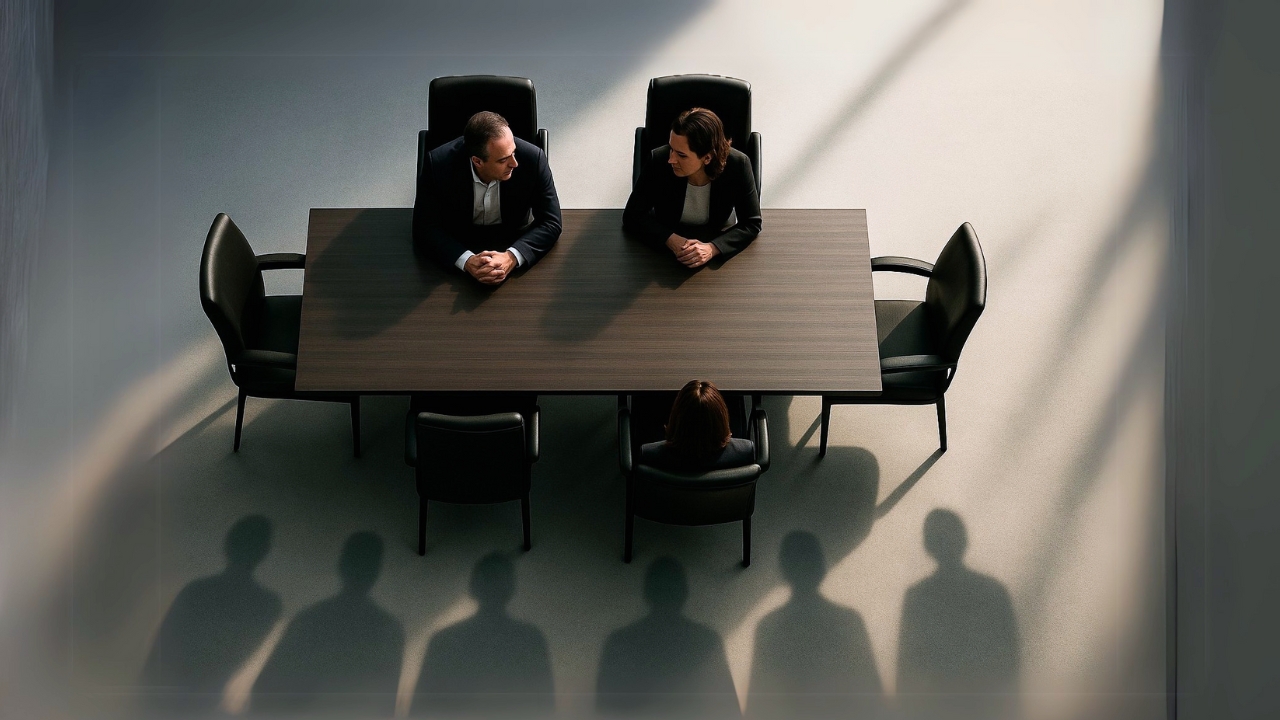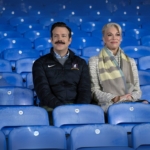The story about Airbnb teaches the importance of “planned failure”
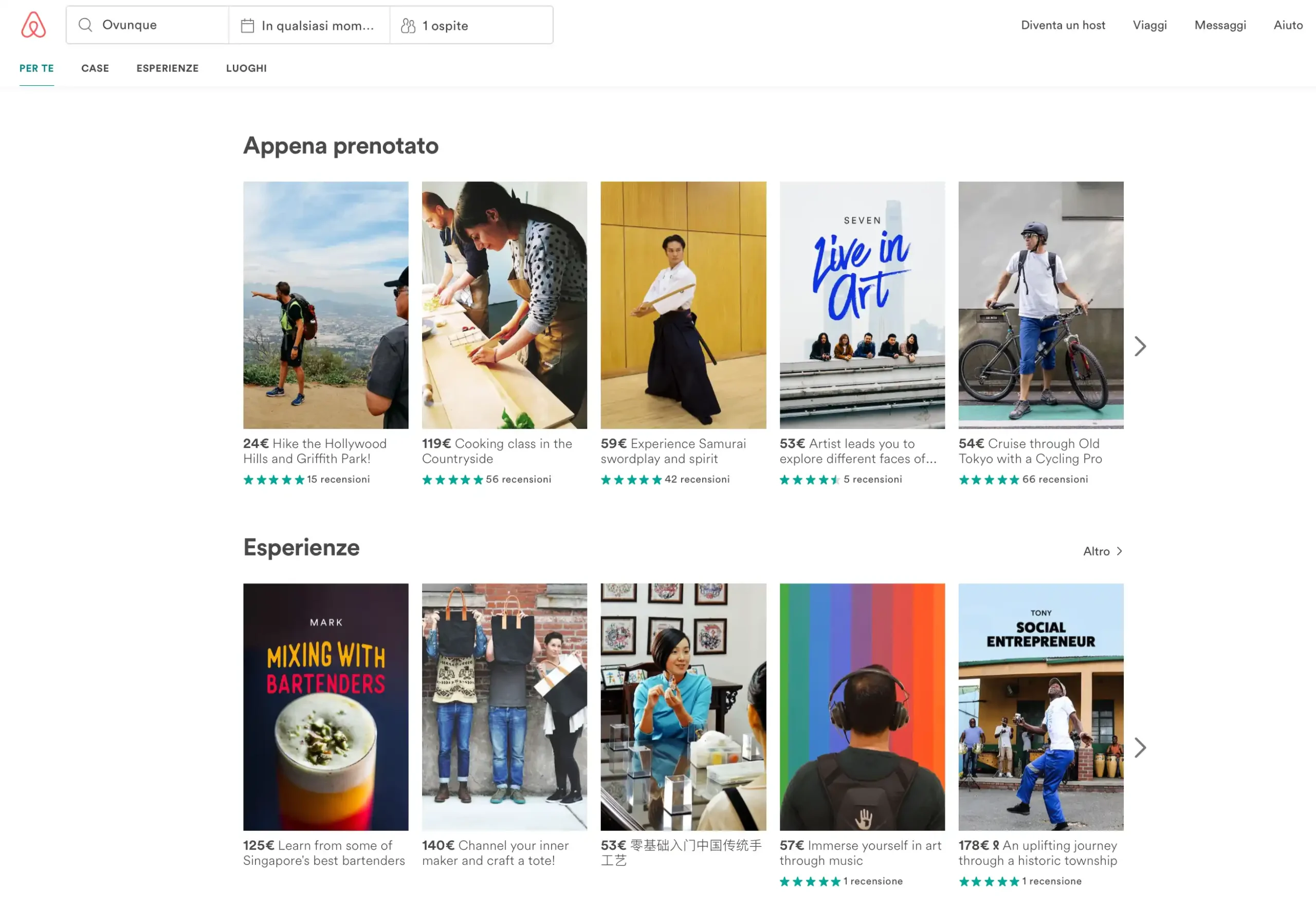
Have you ever, as a manager or entrepreneur, found yourself thinking, “I could have developed that innovation… If only I had persevered… If only I hadn’t been afraid of failing…”?
If you’ve had similar thoughts at least once, don’t worry, you’re not alone! Other managers and entrepreneurs have experienced the same feeling.
Sometimes, faced with the risks associated with innovation and the fear of failure, entrepreneurs and managers have preferred to stop and not take risks. Others, perhaps, didn’t stop, but instead embarked on a series of detailed analyses and planned to try and predict as much as possible what might happen. However, the attempt to limit the chances of failure can end up diverting the organization’s energies and focus from innovation to planning and the search for ‘justifications’ for the choices and decisions made.
It’s not surprising, therefore, that the result of these approaches is often rather disappointing.
In his article “The Economy’s Hidden Problem: We’re Out of Big Ideas” Greg Ip, Chief Economic Commentator for the Wall Street Journal, states that innovation has experienced a steady slowdown over the past 10 years.
“Apart from personal technology, improvements in everyday life have been incremental, not revolutionary. Houses and cars are still like they were a generation ago. Airplanes don’t fly faster than they did in the 1960s. None of the 20 most prescribed drugs in America were introduced to the market in the last decade. The decline in innovation is one of the main reasons why American living standards have stagnated since 2000. And 1 without a reaction, this stagnation will likely continue, worsening the malaise that has left the middle class so dissatisfied.”

One of the reasons presented as the main cause of the reduced capacity for innovation – despite increasingly sophisticated and refined means and tools available – is linked to the reduced possibility of making mistakes.
“Innovation […] only occurs through trial and error, but society has become less willing to take risks.”
In fact, one of the fundamental ingredients for innovation is the possibility of being able to make mistakes and commit errors to learn and adjust to the course.
Several successful companies built on radical innovation originated from the errors and attempts made by their founders. Ford failed twice, first with the Detroit Automobile Company founded in 1899 and subsequently with the Henry Ford Company founded in 1901, before succeeding in revolutionizing and innovating the automotive industry with the Ford Motor Company; Walt Disney also had his innovations and cartoons rejected – even the now legendary Mickey Mouse, judged at the time as too frightening for women – before being recognized as an innovator and creating the Walt Disney Company.
The old saying, “you learn by your mistakes” is therefore the main path to follow for those who want to innovate.
But there is a real paradox of innovation: on the one hand, companies are afraid of making mistakes and try to limit errors as much as possible through complex planning exercises; on the other hand, the necessity of making mistakes is configured to learn and finalize significant innovations.
Is it possible to maximize the probability of success in an innovation without encountering the constraints deriving from planning and leaving the possibility of making mistakes to people?
Is it possible to resolve the paradox? The example of Airbnb
Fortunately, the answer is yes! Extremely interesting insights into how it is possible to “fail in a planned way” can be gleaned from the story of Airbnb, the birth and development of a new service.
Airbnb was born in 2007 thanks to two young, recently graduated guys, Brian Chesky and Joe Gebbia. Since they had some difficulty paying the rent for their San Francisco home regularly, Brian and Joe saw the possibility of earning some extra money by renting out a room in their house. In 2007, a large design conference was scheduled in the city, and many people were expected to arrive in town needing accommodation for a few days. In a very short time, they published a website advertising temporary accommodation – one or two nights – and called the service “Airbed and Breakfast” alluding to the fact that the room they were renting did not have a real bed but only an air mattress.
It is therefore clear that initially there was certainly no idea of creating a company. The idea of transforming this service into a real business came only later, when they realized that there was an unmet demand for no-frills accommodation, even in strangers’ homes, for one or two nights. Originally, Chesky and Gebbia offered basic-level accommodation and expected the concept to be interesting only to recent graduates like themselves, with little money to spend on hotels. However, their first customers were a 38-year-old woman working at Razorfish and an industrial designer from Salt Lake City. This experience shattered every hypothesis made about the type of people interested in sleeping on an air mattress in a stranger’s home.
At this point, the founders of Airbnb did not create detailed plans and make sophisticated assumptions about how to evolve the business but chose an event and created a pilot project to test their new commercial venture.
They chose the South by Southwest (SXSW) music and film festival in Austin, Texas, which attracts over 150,000 visitors, but the event organizers, not enthusiastic about the ‘Airbed and Breakfast’ concept, rejected a partnership.
Undeterred, the three entrepreneurs responded by launching the second version of the Airbed and Breakfast website two weeks before the festival. They used local blogs and social media to advertise the accommodation services. They had beds to accommodate up to 80 people.
As an informal market test, Brian Chesky rented one of the apartments listed on the website. Carelessly, Brian forgot to pay his guests in cash for two days in a row, and this quickly cooled the warm hospitality of the hosts. However, the episode suggested a change to their services. The company made the development of a prepayment system for bookings one of its priorities.
The benefits of this new feature were twofold, for guests and hosts. Guests were now able to pre-pay for their stay with a credit card, and hosts would avoid the hassle of delayed payments.
The service was further improved with the introduction of two other features: an online booking system like that used for hotel reservations to allow users to book space in someone’s home directly, and a review section as a reference point for other guests, where comments about the accommodation, the hosts, and the overall experience could be collected.
However, without any additional special events, Airbed and Breakfast’s weekly revenue amounted to about $200 in the fourth quarter of 2008. Discouraged, the founders wondered if it wasn’t time to throw in the towel. However, it was known that the upcoming presidential inauguration would attract millions of visitors to the Washington D.C. area: this would be the real opportunity for Airbed and Breakfast. They were able to generate free publicity on the site and successfully concluded 150 bookings.
After the event ended, however, the company’s prospects remained bleak: with the number of bookings fluctuating, the site was on the verge of closing.
The crucial decision was made in 2009: to join Y-Combinator, a start-up incubator program located in Mountain View, California.
During the 12-week program, Chesky and Gebbia were able to observe, measure, reflect on, and change many aspects of the service they offered.
They changed the name of their site to Airbnb and decided to expand the business beyond offering accommodation during events. They focused on New York, a popular tourist destination, and had meetings with their users in New York, both hosts and guests. These interactions were very important because they allowed them to talk to the people registered on the site, take professional photos of the spaces offered (to replace the old amateur photos that did not do justice to the quality of the homes), and in many cases to write new listings for the hosts.
After several trips and revisions, there was a truly solid and interesting offer of good-looking spaces in New York, and this had provided a critical mass and made it possible to set numerous standard rules.
Thanks to these continuous improvements, revenues began to grow to $400 a week. For the first time in 8 months, the site was growing without special events. The $20,000 funding from investors and Y-Combinator co-founder Paul Graham led to an additional $600,000 from a venture capitalist on Demo Day at the end of the program.
Today, with a revenue of approximately $1 billion and a value of $30 billion, Airbnb connects people through authentic travel experiences – at any price – in more than 65,000 cities and 191 countries.
The story of Airbnb teaches us that “failing in a planned way” is possible.
3 basic principles
1. Don’t get lost in unnecessary planning: the market and customers have all the answers
Instead of building a detailed plan on how to attract young, low-income travelers, the Airbnb founders tested their hypothesis directly on the market and discovered that it was not actually confirmed! Even older people with greater spending power were interested in the idea of affordable, no-frills accommodation.
When it comes to truly radical innovation, it is impossible to predict exactly how the market will react to the proposal. It is therefore pointless to dedicate oneself to drafting extremely detailed plans.
It is necessary to clearly identify the assumptions underlying the business and test them on the market. Two assumptions are particularly relevant for every innovation:
- value hypothesis: is my innovation valuable to a group of customers?
- ipotesi di crescita: will my innovation be able to spread in the market by financing itself autonomously?
2. Develop a Minimum Viable Product
But how is it possible to test these hypotheses on the market while reducing the risk of failure? As suggested by modern theories related to the lean development of innovation (see, for example, Eric Ries’ “The Lean Start Up: How Today’s Entrepreneurs Use Continuous Innovation to Create Radically Successful Businesses”), the main risk associated with innovation is spending all the available budget and time on the development of products and features that customers are not interested in.
As seen in the Airbnb case, it is not necessary to fully develop your product or service to test the underlying business assumptions.
The first version of the “Airbed & Breakfast” website was a simple web page with a few photos. No complex booking facilities, no advanced payment management functionality.
With the minimum investment of time and resources (to minimize the risk of failure), the so-called Minimum Viable Product was developed, i.e., the minimum version of the product necessary to test the underlying business assumptions.
The Airbnb founders were thus able to experiment and test their hypotheses with reduced risks and costs.
3. Measure and improve
But developing and launching a minimum viable product is not enough to maximize the chances of success for an innovation. It is also necessary to define from the outset what information to collect following the use of the minimum viable product and how to proceed with its analysis to understand exactly what is valuable to the market and develop and integrate it into future versions.
It is necessary to proceed with rapid successive cycles of testing and learning to quickly develop the innovative solution without wasting energy and effort in the complete development of features that would not add any value to what is perceived by customers.
When the Airbnb founders decided to move to New York, they carried out several cycles of test-measurement and experimentation, and this led them to progressively improve their innovation, making it a global success.
It is only in a structured process of test-measurement-improvement that it is possible to fail in a planned way, developing the knowledge necessary to bring one’s innovation to success.
Now that you have seen how it is possible to overcome the paradox of innovation, it’s your turn. Are you ready to take on the challenge of “failing in a planned way”?
Articolo a cura di:

Gabriele Colombo
Know How & People Development
He has developed his skills especially in the field of innovation according to the logic of design driven by applying the concepts in the area of research and development in companies of international character. He was responsible for the definition, planning and execution of research and consultancy programmes related to the world of innovation and continuous improvement; His experience is added to the role of teacher of Project Management and Innovation Management in courses dedicated to business executives at the School of Management of the Politecnico di Milano.
Partner of Lenovys since 2021.
Read more
Prossimi eventi




